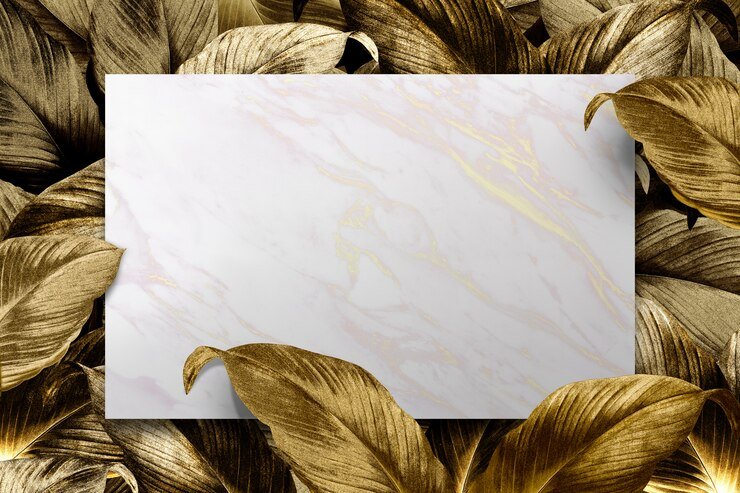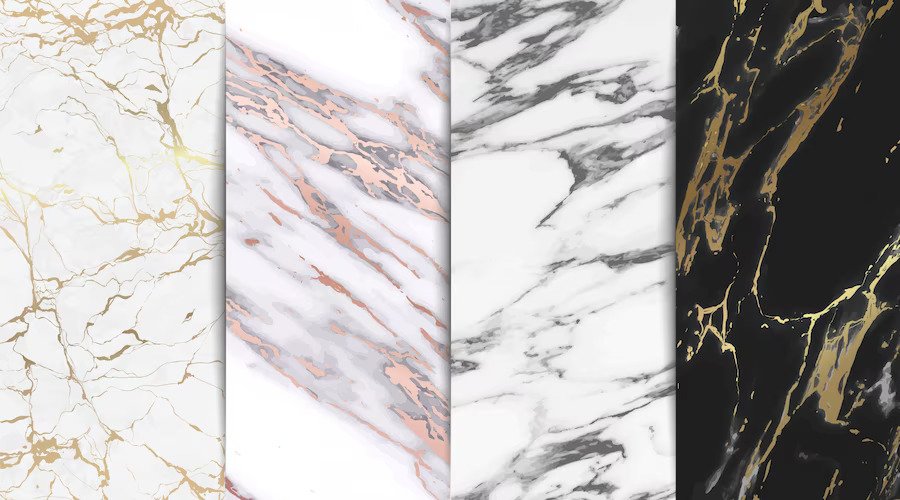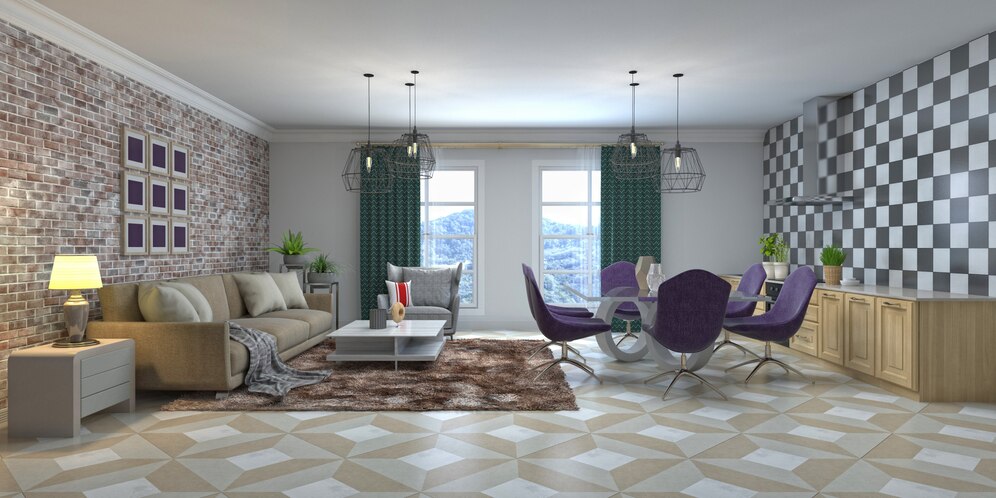Intro
Choosing bathroom tiles for your home renovation or new construction project may seem overwhelming given the multitude of options on the market today. Ceramic, porcelain, and glass tile are three of the most popular types of bathroom tile, each with their own set of advantages and considerations.
If you’re looking to give your Bathroom a fresh, modern update, exploring the newest tile trends is a great place to start. Tile can completely transform the look and feel of a space. From sleek subway tiles to bold patterns and shapes, tile design is constantly evolving with new styles and innovations.
This article will provide an in-depth overview of key differences between ceramic, porcelain, and glass bathroom tiles to help you determine which is best for your needs and space.
Here are some of the top tile trends you should consider for your next renovation or decorating project:
Ceramic tiles:
Ceramic tiles have been used to finish bathrooms for many decades. Made from natural clays, ceramics can be formed into a vast array of colors, shapes, sizes, and textures. Glazes are applied to ceramic tiles to create their surface appearance.
Some key benefits of ceramic bathroom tiles are that they are budget-friendly, easy to cut and install, and versatile in style. Simple ceramic tiles start at just a few dollars per square foot. In addition, the variety of looks range from basic white subway tile to vivid patterned mosaics.
Ceramic tiles are relatively soft, so they can scratch and chip over time, especially on floors. Ceramic, being porous, demands sealing to safeguard against water exposure, preventing unsightly stains and discoloration. But with proper care and maintenance, ceramic bathroom tiles can provide timeless beauty on a modest budget.

Porcelain tiles:
Porcelain tile has surged in popularity for bathrooms in recent years. Made from extremely finely ground clay, porcelain tiles popular for is dense, impervious product because the porcelain fired at very high temperatures.
Porcelain offers superior durability, stain-resistance, and water-resistance compared to ceramic. The refined clay composition makes the tiles very hard and dense, so they resist chipping and absorption. To achieve an array of porcelain tile styles, manufacturers can actively apply various glazes.
A few downsides are that porcelain tiles are generally more expensive than ceramic, and the denseness makes cutting more difficult. But for unmatched elegance and longevity, porcelain bathroom tiles are worth the investment.
Large Format Tiles
Say goodbye to grout lines! New tile technology allows for huge tiles up to 4×8 feet or more. Large format tiles create a sleek, seamless look. Minimal grout lines make the space appear bigger.
Use oversized tiles to make a statement on the floor or wall. Be sure the subfloor can handle the weight of natural stone or ceramic large-format tiles.

Glass tiles:
Glass bathroom tiles impart a contemporary, sleek aesthetic. They contain recycled glass combined with pigments for color and resin agents as bonding. The glass is formed into tiles and fired.
The resulting product has an eye-catching, glittery appearance. Glass tiles are impervious to water, making them a great option for showers, steam showers, and other high-splash areas. They won’t absorb moisture or harbor mold growth.
Glass bathroom tiles are also scratch-resistant and easy to keep clean. On the downside, glass can chip if hit hard and patterns/colors are not as abundant as ceramic or porcelain. For making a bold, modern design statement, glass bathroom tile can be the perfect choice.
Subway Tile
Subway tile is a classic choice that still looks fresh, especially in unique colors, elongated proportions, integrated designs, or stacked patterns. The white brick-like tiles work with any style from farmhouse to sleek modern. Enduring subway tiles add timeless beauty to kitchens and bathrooms.
Which tile trends are you looking forward to incorporating into your home? With so many sizes, colors, patterns, and shapes, the possibilities are endless. Use tile to create a style that is uniquely you. The latest innovations make it easier than ever to design the tile look you love. Let these stylish tile trends inspire you to transform your spaces!
Conclusion paragraph:
When selecting new bathroom tiles, carefully weigh the pros and cons of ceramic, porcelain, and glass types. Budget, color/style preferences, and goals for longevity and water-resistance should all factor into your decision. You may also want to mix materials, using glass or porcelain tiles on shower walls and ceramic on floors.
With a bit of planning and creativity, you can pick the ideal bathroom tiles to match your vision, needs, and budget. And be sure to purchase a few extra tiles for future replacements or repairs. Your new bathroom tiles will provide enjoyment for years to come.
Please ignore this content because this was a same content that we written in first.
Intro
Choosing bathroom tiles for your home renovation or new construction project may seem overwhelming given the multitude of options on the market today. Ceramic, porcelain, and glass tile are three of the most popular types of bathroom tile, each with their own set of advantages and considerations.
This article will provide an in-depth overview of key differences between ceramic, porcelain, and glass bathroom tiles to help you determine which is best for your needs and space.
Ceramic tiles:
Ceramic tiles have been used to finish bathrooms for many decades. Made from natural clays, ceramics can be formed into a vast array of colors, shapes, sizes, and textures. Glazes are applied to ceramic tiles to create their surface appearance.
Some key benefits of ceramic bathroom tiles are that they are budget-friendly, easy to cut and install, and versatile in style. Simple ceramic tiles start at just a few dollars per square foot. In addition, the variety of looks range from basic white subway tile to vivid patterned mosaics.
Ceramic tiles are relatively soft, so they can scratch and chip over time, especially on floors. Ceramic, being porous, demands sealing to safeguard against water exposure, preventing unsightly stains and discoloration. But with proper care and maintenance, ceramic bathroom tiles can provide timeless beauty on a modest budget.
Porcelain tiles:
Porcelain tile has surged in popularity for bathrooms in recent years. Made from extremely finely ground clay, porcelain tiles popular for is dense, impervious product because the porcelain fired at very high temperatures.
Porcelain offers superior durability, stain-resistance, and water-resistance compared to ceramic. The refined clay composition makes the tiles very hard and dense, so they resist chipping and absorption. To achieve an array of porcelain tile styles, manufacturers can actively apply various glazes.
A few downsides are that porcelain tiles are generally more expensive than ceramic, and the denseness makes cutting more difficult. But for unmatched elegance and longevity, porcelain bathroom tiles are worth the investment.
Glass tiles:
Glass bathroom tiles impart a contemporary, sleek aesthetic. They contain recycled glass combined with pigments for color and resin agents as bonding. The glass is formed into tiles and fired.
The resulting product has an eye-catching, glittery appearance. Glass tiles are impervious to water, making them a great option for showers, steam showers, and other high-splash areas. They won’t absorb moisture or harbor mold growth.
Glass bathroom tiles are also scratch-resistant and easy to keep clean. On the downside, glass can chip if hit hard and patterns/colors are not as abundant as ceramic or porcelain. For making a bold, modern design statement, glass bathroom tile can be the perfect choice.
Conclusion paragraph:
When selecting new bathroom tiles, carefully weigh the pros and cons of ceramic, porcelain, and glass types. Budget, color/style preferences, and goals for longevity and water-resistance should all factor into your decision. You may also want to mix materials, using glass or porcelain tiles on shower walls and ceramic on floors.
With a bit of planning and creativity, you can pick the ideal bathroom tiles to match your vision, needs, and budget. And be sure to purchase a few extra tiles for future replacements or repairs. Your new bathroom tiles will provide enjoyment for years to come.



